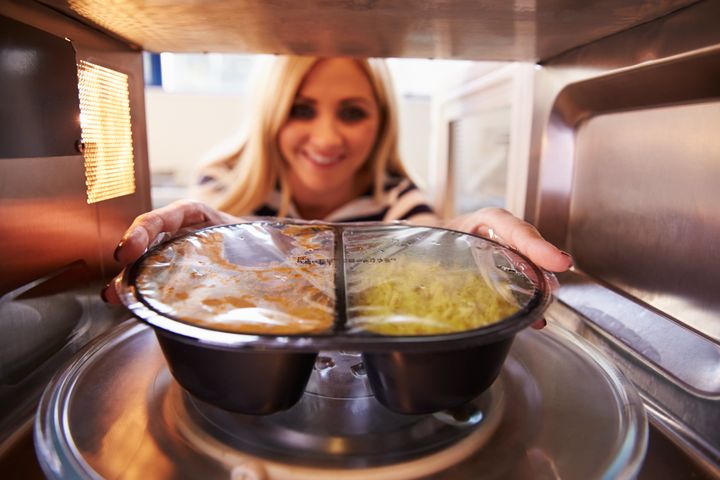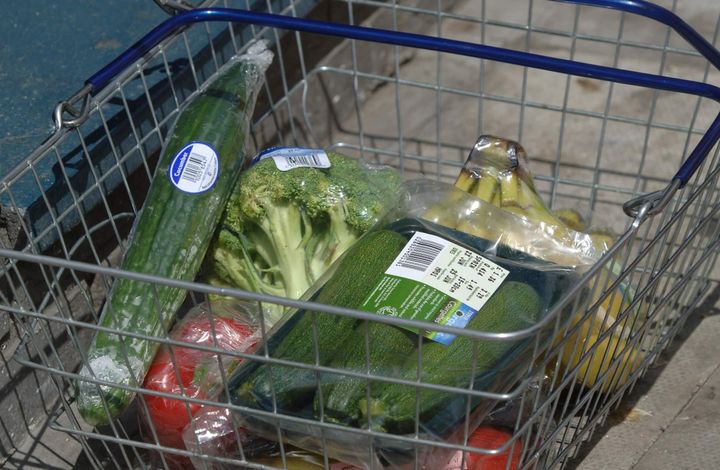
Only a third of the plastic in packaging pots and trays for food bought by households can be recycled, local authorities have warned.
Councils are urging manufacturers to scrap the “smorgasbord” of plastics used to package foods from fruit and vegetables to yogurts, margarine and microwave meals to help cut waste and increase recycling.
Analysis by the Local Government Association (LGA) suggests 525,000 tonnes of plastic pots, tubs and trays are used by households a year.
But just 169,145 tonnes can be recycled, with two-thirds heading for landfill or incineration.

The LGA said councils had done all they can to tackle plastic waste, with 99% of local authorities collecting plastic bottles for recycling and 77% picking up pots, tubs and trays.
But packaging for food can be made from a variety of polymers, the molecules which make up plastic, which need to be separated out to remove low-grade and non-recyclable types of plastic such as polystyrene.
Some packaging uses different plastics, such as the body and lid of a yogurt pot, while fruit and vegetable punnets are made from three types of polymer, and microwave meals are cased in black plastic which cannot be easily sorted.
Manufacturers should work with councils and develop a plan to stop unrecyclable plastic being used, the government should consider a ban on low-grade plastics and producers should contribute to the cost of collecting or disposing of the products, the LGA urged.

Judith Blake, LGA environment spokeswoman, said: “It’s time for manufacturers to stop letting a smorgasboard of unrecyclable and damaging plastic flow into our environment.
“We’ve been calling for producers of unrecyclable material to develop a plan to stop this from entering the environment for years.
“That needs to happen urgently, but the government should now consider banning low-grade plastics, particularly those for single use, in order to increase recycling.
“If manufacturers don’t want to get serious about producing material which can be recycled and protecting our environment, then they should at least contribute towards the cost that local taxpayers have to pay to clear it up.”

A Department for Environment, Food and Rural Affairs spokeswoman said: “Our recycling rates are rising, less waste is now sent to landfill and separate food waste collections are increasing.
“However, there is much more to do. That’s why we are we are working with industry to improve the nation’s recycling rates further, including by making more products recyclable.”
The LGA outlined five examples of everyday packaging that uses plastic that is difficult to deal with.
- Margarine and ice cream tubs use polypropylene, which is extremely difficult to recycle, but they could be made with the plastic used for water bottles which can be easily recycled.
- Microwave meal and meat packaging often uses black plastic that cannot be easily scanned and sorted, but changing the colour of these trays could lead to an increase in recycling.
- Fruit and vegetable punnets use three polymers in their construction, so councils are calling for a simpler design using recyclable materials.
- Yogurt pots use a mixture of two polymers, polypropylene and polystyrene, which are difficult to recycle but some companies now use the same material as used for plastic bottles, making them easily recyclable.
- Bakery goods trays use two hard-to-recycle polymers, but more recyclable materials are available to store baked goods.
